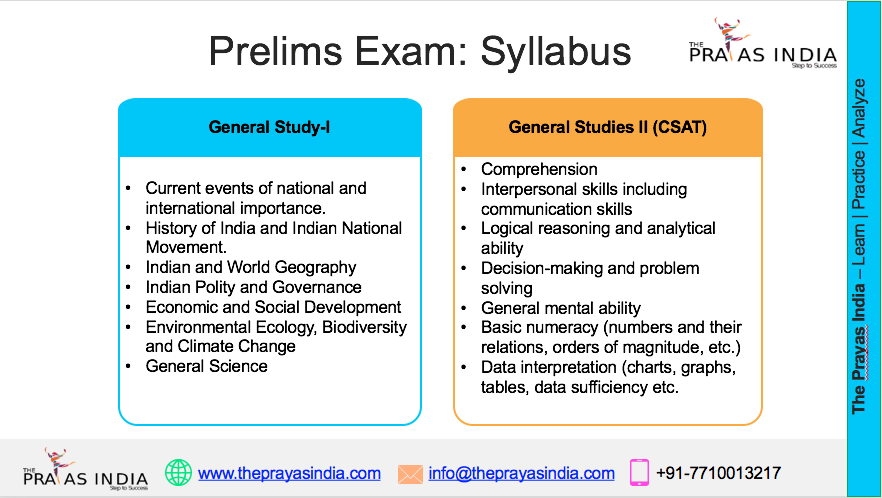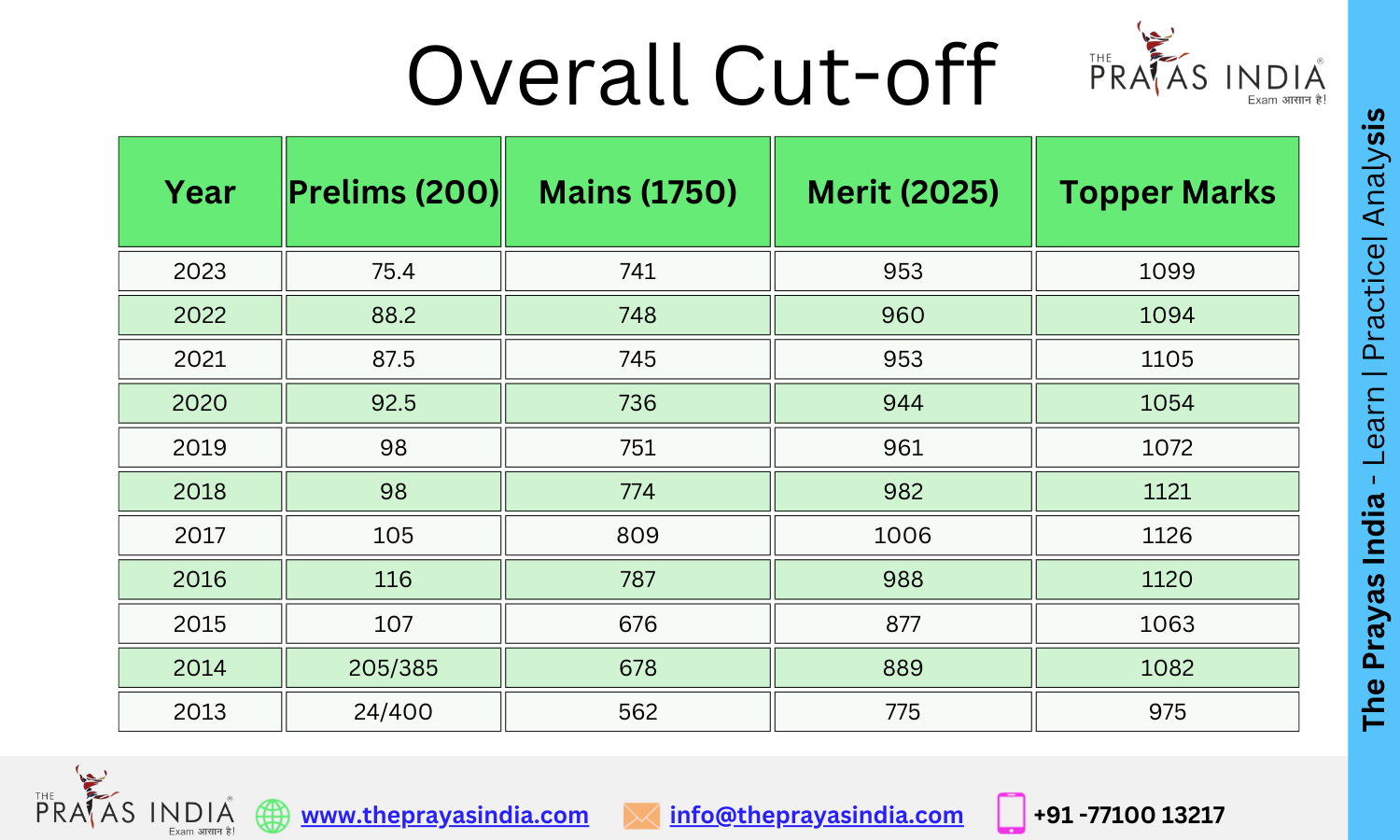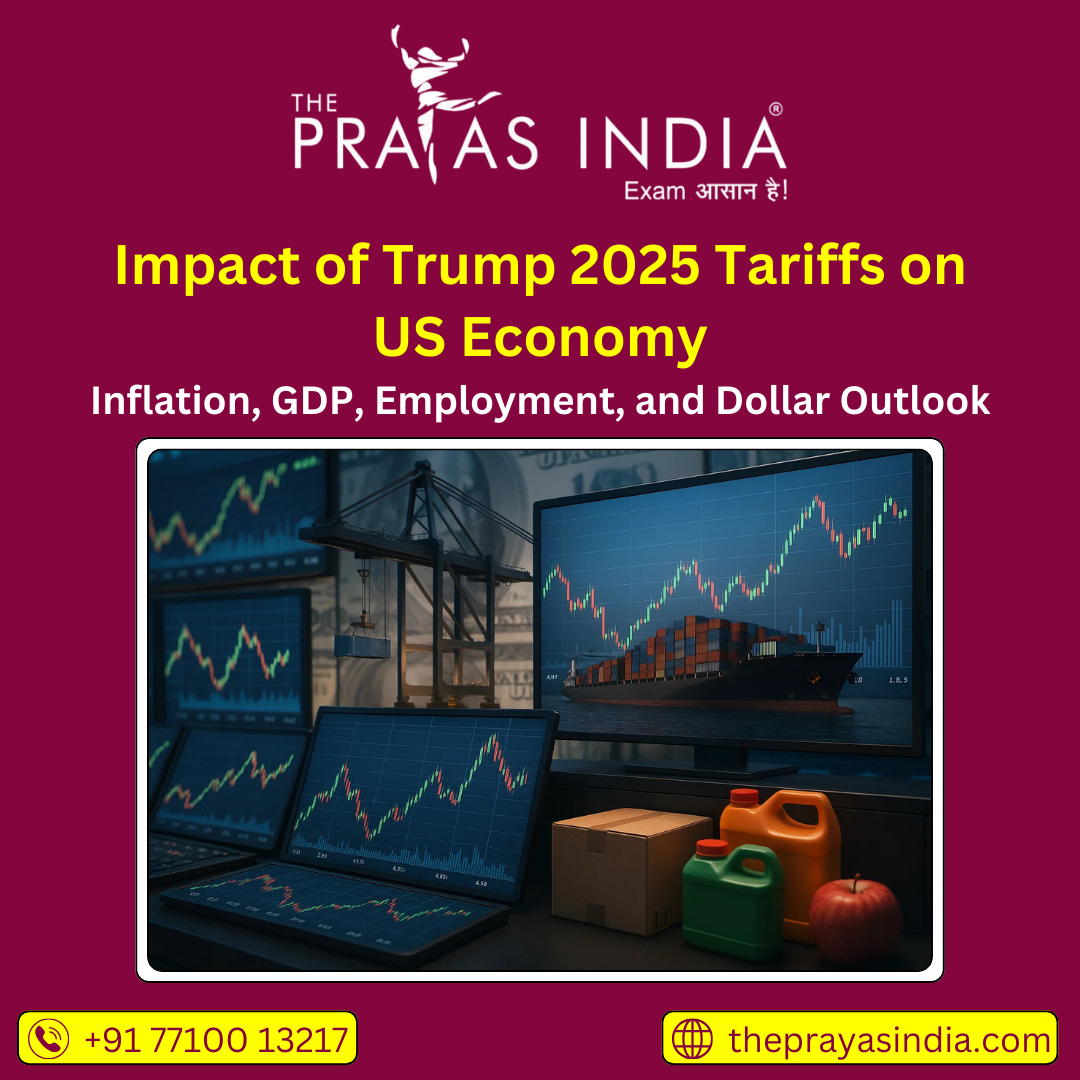RBI Cuts Repo Rate Sharply in June 2025: A Bold Move to Boost Economic Growth
Introduction
In a pivotal monetary policy move, the Reserve Bank of India (RBI) has slashed the repo rate—the interest rate at which the RBI lends money to commercial banks—marking the largest rate cut in the past five years. This decision, announced in June 2025, aims to revive investment, support consumption, and accelerate economic growth in the backdrop of a stabilised inflationary environment.
The RBI’s aggressive rate cut has drawn attention from economists, policy analysts, and the public alike, as it reflects the central bank’s strategic intervention in a challenging yet opportunity-rich economic landscape.

What is the Repo Rate?
The repo rate is a key tool in the RBI’s monetary policy framework. When the central bank reduces the repo rate, it becomes cheaper for commercial banks to borrow money. This often leads to:
-
Reduced interest rates on loans
-
Increased consumer borrowing and spending
-
Enhanced investment by businesses
It is typically used to boost economic activity when growth is sluggish or when inflation is within manageable limits.
The Context Behind the Rate Cut
As of mid-2025, India’s inflation has remained within the RBI’s comfort range of 4–6%, aided by stable food prices and declining global commodity rates. This gave the central bank enough room to take an expansionary monetary stance.
The Indian economy has shown signs of recovery, but some sectors—particularly manufacturing, real estate, and rural demand—have lagged behind. With a repo rate cut, the RBI intends to:
-
Boost credit flow to businesses and individuals
-
Support MSMEs and start-ups affected by liquidity crunch
-
Encourage capital formation and infrastructure spending
-
Revive rural consumption through lower financing costs
Implications for the Indian Economy
-
Short-Term Growth Boost
The immediate impact is likely to be seen in increased loan demand, especially in sectors like housing, automobiles, and MSMEs. Consumer spending is expected to rise, stimulating production and job creation. -
Impact on Inflation
With inflation currently stable, the rate cut may cause a moderate rise in prices in the coming quarters. However, the RBI has clarified that it will monitor inflation trends closely and act accordingly. -
Banking Sector Liquidity
Lower repo rates improve liquidity in the banking system. Banks may pass on the benefits to borrowers, though transmission of rate cuts is often gradual and uneven. -
Currency and Foreign Investment
A sharp rate cut may weaken the rupee, potentially affecting imports. It could also influence foreign investment inflows, especially if global interest rates remain higher. -
Bond Market Reaction
The bond market is expected to rally in response to lower interest rates, as bond prices rise when yields fall. This could also benefit government borrowing programs.
Expert Views and Cautions
While many experts welcome the RBI’s proactive approach to support growth, some economists urge caution. They highlight that:
-
Structural reforms are needed alongside monetary measures
-
Overreliance on rate cuts may limit policy tools in the future
-
Rising credit without proper risk checks can lead to asset bubbles
-
External economic shocks could still derail recovery momentum
Relevance for Competitive Exams
This policy decision is highly relevant for aspirants preparing for UPSC, RBI Grade B, SSC, Banking, and State PSC exams. Key areas to focus on:
-
Monetary policy tools: Repo rate, reverse repo, CRR, SLR
-
Inflation targeting framework: RBI’s 4% (+/- 2%) mandate
-
Growth-inflation trade-off
-
Banking sector health and credit flow
-
Role of RBI and MPC (Monetary Policy Committee)
In UPSC GS Paper III, questions can appear under Indian Economy, while in Essay or Ethics, the theme of economic justice, growth with equity, or financial inclusion may be explored.
Conclusion
The RBI’s decision to implement a sharp repo rate cut in June 2025 marks a bold step to align monetary policy with growth revival. With inflation under control and multiple sectors requiring stimulus, the move is timely. However, its success will depend on effective transmission by banks, coordinated fiscal policies, and sustained structural reforms.
At The Prayas India, we encourage students to connect such developments with broader economic and governance frameworks. Understanding the logic behind such policy shifts is not just important for exams, but also for becoming informed future leaders and decision-makers.


![Prayas-लक्ष्य [UPSC CSE Target] The Prayas India](https://theprayasindia.com/wp-content/uploads/2021/08/Prayas-लक्ष्य-UPSC-CSE-Target-The-Prayas-India-300x167.png)

![Prayas Pre-भेदश [UPSC CSE Prelims Test Series] The Prayas India](https://theprayasindia.com/wp-content/uploads/2021/08/Prayas-Pre-भेदश-UPSC-CSE-Prelims-Test-Series-The-Prayas-India-300x167.png)










